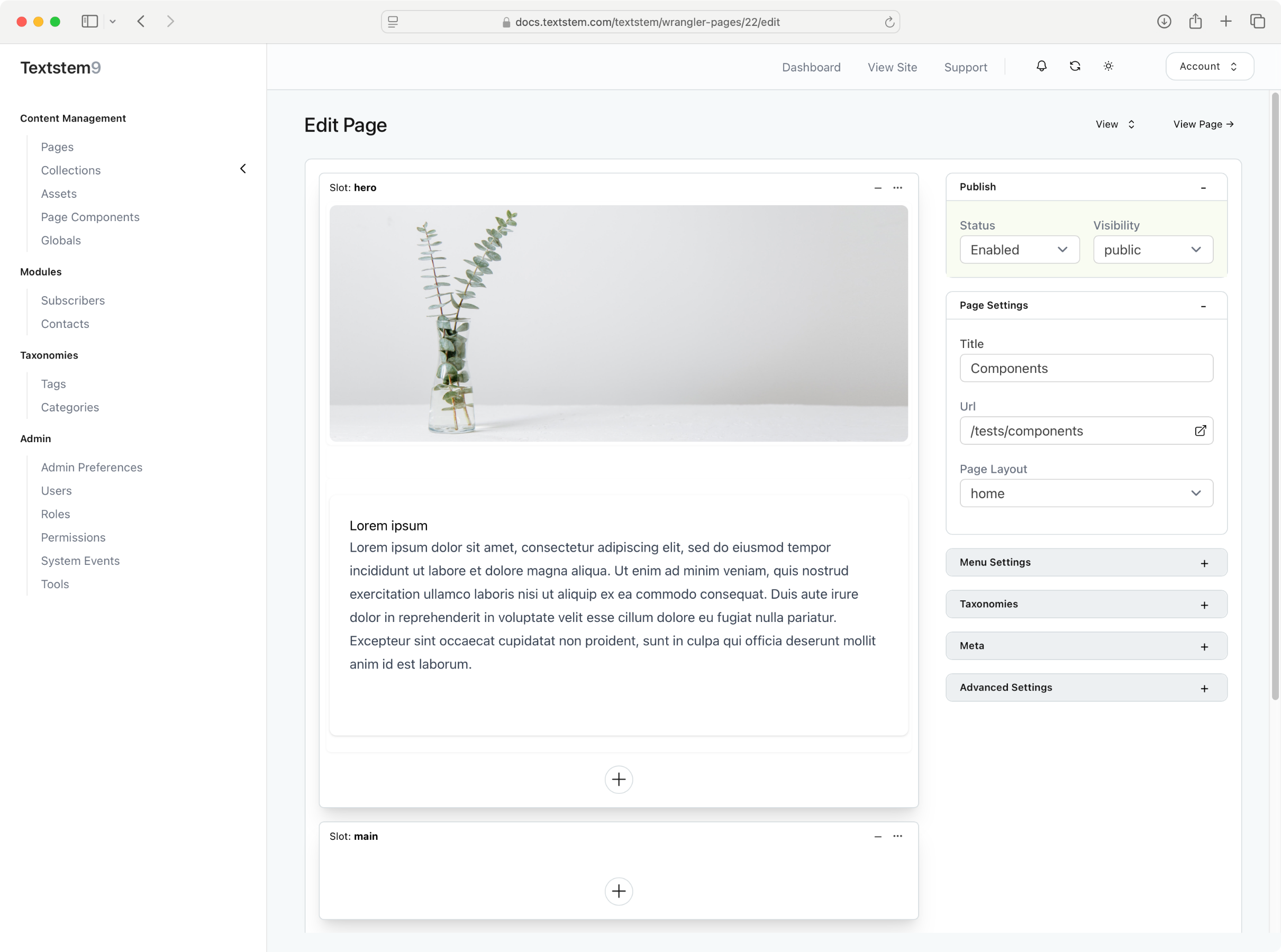TextStem9 provides a light-weight flexible system for generating and managing content, creating custom content types and taxonomies to create content driven web applications.
Textstem is built on the Laravel framework, the most popular PHP framework.
It works with your prefered LLM provider, providing a full Enterprise Prompt Orchestration System (EPOS) for managing you organisation's use of AI.
